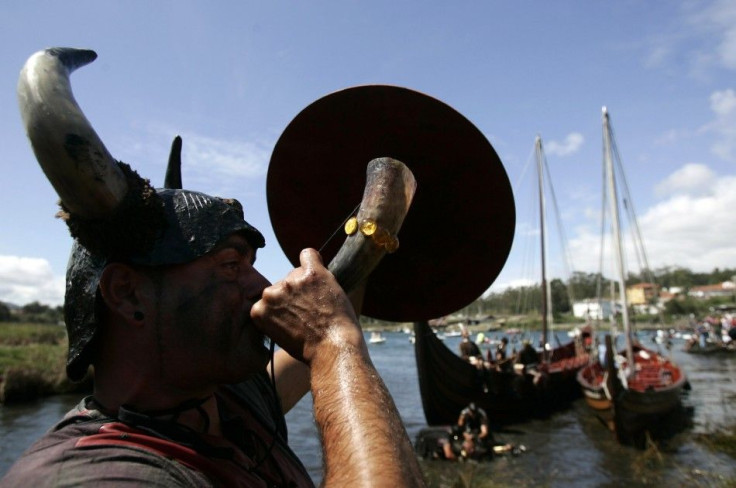Has The Mythical Viking Sunstone Been Found In a Shipwreck?

Scientists believe they may have uncovered the sunstone, an ancient Viking artifact used for navigation that many once believed to be a myth.
According to legend, the Vikings routinely used a mystical crystal known as the sunstone to locate the position of the sun -- even at night or under overcast skies. This legendary navigational tool supposedly helped them conquer and pillage much of Europe and even discover North America centuries before Columbus’ famed expedition.
Now, according to the Telegraph, scientists at the University of Rennes believe they have evidence that the sunstone was indeed a real piece of navigational technology used by the Vikings and later the Tudors.
The team of French-led scientists made the discovery inside the wreckage of a ship from Tudor England. The ship, which sank in 1592, carried a small, opaque stone known as Iceland spar.
While the supposed sunstone is opaque now, researchers have conducted tests that determined it was originally transparent and able to reflect the light of the sun. Centuries at the bottom of the ocean have clouded its once-perfect shine, which could have been used to detect the sun.
So how would this mythical sunstone have worked?
“Alderney-like crystals could really have been used as an accurate optical sun compass as an aid to ancient navigation,” Dr. Guy Ropars told the Independent.
“It permits the observer to follow the azimuth of the sun, far below the horizon, with an accuracy as great as plus or minus one degree,” he continued. “The evolution of the Alderney crystal lends hope for identifying other calcite crystals in Viking shipwrecks, burials or settlements.”
The Independent also points out that the sunstone has been heavily featured in Viking sagas over the years. The report claims that “the King made them fetch the solar stone and held it up and saw where light radiated from the stone and thus directly verified Sigur’s prediction.”
However, while the sunstone has made untold appearances in the Viking sagas, it had not been linked to the ships of Tudor England previously. Researchers believe that this sunstone was a relic and essentially a “backup” for when Tudor navigators were unable to rely on a compass.
The team at the University of Rennes also believes that no intact sunstones have been found due to the Vikings’ habit of cremating fellow warriors and their possessions.
© Copyright IBTimes 2024. All rights reserved.






















